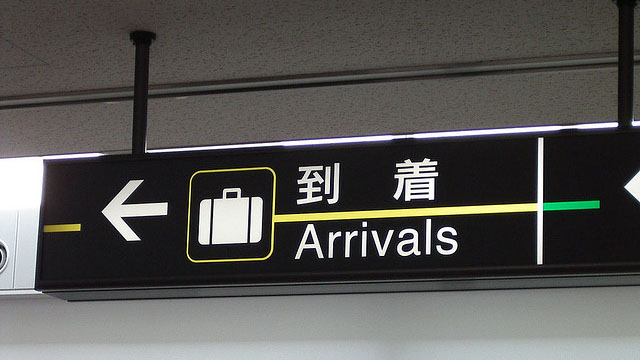Should Japan welcome immigration?
Immigration may solve Japan’s demographic crisis
June 10, 2015
To encourage immigration or discourage immigration. That is Japan’s question, and has been ever since the decline of its population.
In 2014, the number of newborn babies was estimated to have dropped down to a record low of around one million according to the Health, Labor and Welfare Ministry of Japan. Although raising Japan’s birth rate would ameliorate its domestic demographic crisis, the same cannot be said for the global demographic crisis. Is it right for Japan to increase its birth rate when the world is already overpopulated? With over 7 billion people inhabiting Earth and the population further increasing by 1.2% annually, according to the World Bank, overpopulation is and will continue to be an imminent problem. It is responsible for environmental problems such as resource shortages, pollution, and damages to the ecosystem. It also causes social problems such as overcrowding, according to Effects of Overpopulation on the Environment and Society.
Family-friendly policies can backfire as well. A decline in stable full-time job opportunities for women can be seen in Spain and in Europe due to family friendly policies. Employers are less inclined to hire women, who are likely to leave when they have children. There are a few federal policies in the United States to aid working parents. The Family and Medical Leave Act of 1993 is one of them. This policy provides workers 12 weeks of unpaid leaves when working in certain sized companies. Due to the implementation of family friendly policies and laws such as this, women are 8 percent less likely to get promotions than they were before, according to an unpublished new study by Mallika Thomas, an assistant professor of economics at Cornell University. As family friendly policies progressed in the last decade, women of childbearing age were 6 percent less likely to be hired, 45 percent more likely to be dismissed, and 37 percent less likely to be promoted than men, according to a study led by Daniel Fernández-Kranz, an economist at IE Business School in Madrid. Furthermore, women are more likely contracted in short-term and less stable jobs that do not provide benefits. On the contrary to popular belief, family friendly policies may become a drawback for some working mothers.

Immigration is an alternate solution to increasing and maintaining the population of Japan without increasing the birth rate and not contributing to global overpopulation. Japan is facing a severe shortage in its labor market. In 2014, there were around 17,320,000 labor workers between the ages 15 to 34, approximately 1.41 million less than the number in 2010 according to national demographic data provided in Japan Today. With the ongoing reconstruction of the affected areas of the March 11th earthquake and the construction of 2020 Tokyo Olympics venues, the demand for labor is very high. With growing demand, adding foreign workers to the Japanese population seems to be the fastest and most practical way to replenish the looming shortage.
Furthermore, strategic immigration could fill the vacuum created by unpopular jobs. The government has made and is making attempts to increase the number of elderly caretakers through subsidies. However, the labour shortages in elderly care still remains high. It is estimated that an additional one million nurses and care workers would be needed by 2025 according to the Ministry of Health, Labour and Welfare.
In addition, an increase in immigrants will increase taxpayers. As Japan’s debt is predicted to soon exceed 200 percent of its GDP, more tax revenue is needed to maintain its pension system and medical system. Furthermore, the rural regions of Japan are predicted to suffer from shortages of workers and taxpayers according to Policy Innovation.
As the birth rate continues to fall, immigration seems to be a practical short term solution to Japan’s demographic crisis.























































